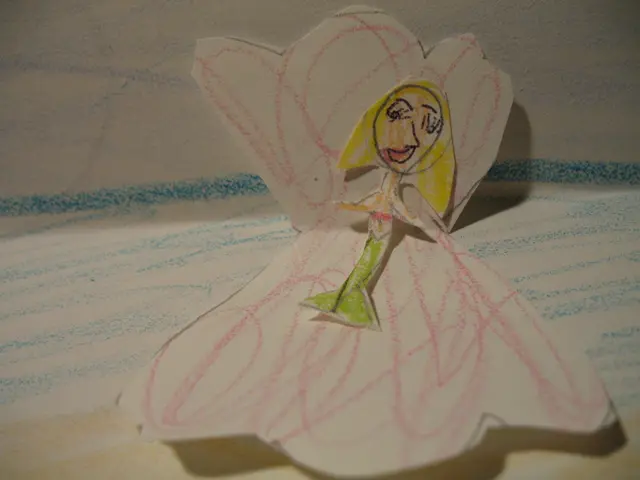Practical Methods for Instilling a Sense of Gratitude in Your Children
In an effort to instil a sense of gratitude in children, it's essential to tailor daily practices and activities to their developmental stage. This approach encourages children to internalize gratitude as both an emotion and an actionable practice, fostering emotional resilience, mindfulness, and a lasting appreciative mindset.
For younger children, ages 4-7, play-based and visual tools like gratitude trees, storytime reflection, thank-you art, and group activities such as "Gratitude Monday" help children visualize what being thankful means. Older school-aged children, ages 8-12, can benefit from practices like gratitude journaling, gratitude partner check-ins, and the use of digital tools such as interactive gratitude apps. Teens, aged 13 and above, are encouraged to engage in more self-driven practices that connect with their identity and values.
Daily practices and activities that span across ages include bedtime gratitude prayers or reflections, gratitude-themed games, and writing handwritten thank-you notes. Incorporating literature into gratitude lessons helps children identify and articulate thankful feelings related to characters' experiences. Books with strong themes of gratitude, kindness, and generosity are particularly effective in modelling grateful attitudes.
Structured programs like The Motion of Gratitude Guidebooks offer interactive prompts and reflection activities designed to build emotional resilience, presence, and self-awareness through gratitude. Social-emotional learning resources that focus on gratitude exercises, humility, and emotion regulation are also beneficial in helping children understand gratitude as a positive action connected to emotional well-being and interpersonal relationships.
By leading by example and making gratitude a daily part of life, parents and educators can help children understand others better, leading to increased happiness and reduced stress. Books such as "I Am Malala: How One Girl Stood Up for Education and Changed the World, the Young Readers Edition," "Bear Says Thanks," "Penguin Problems," and "The Quiltmaker's Gift" are excellent resources for teaching children about gratitude.
In conclusion, a multifaceted approach that combines age-appropriate activities, literature, and structured resources is key to effectively teaching children gratitude. This approach helps children develop a strong foundation of appreciation, empathy, and resilience, contributing to their overall well-being and setting them on a path towards happiness and success.
- Respecting the developmental stages of children is crucial when introducing gratitude as a daily practice, as it fosters child development, emotional resilience, and mindfulness.
- For older school-aged children, friendships can be leveraged through gratitude journaling, partner check-ins, and the use of digital tools to reinforce the concept of gratitude.
- When it comes to lifestyle, parents and educators can lead by example, making gratitude a daily part of life, and help children understand its importance for building healthy interpersonal relationships.
- In the realm of education-and-self-development, structured programs like The Motion of Gratitude Guidebooks can provide interactive prompts and activities that focus on fostering emotional resilience, presence, and self-awareness.
- Science and health-and-wellness can benefit from an understanding of gratitude, as it is connected to emotional well-being, reduced stress, and increased happiness, laying the groundwork for overall wellness.




